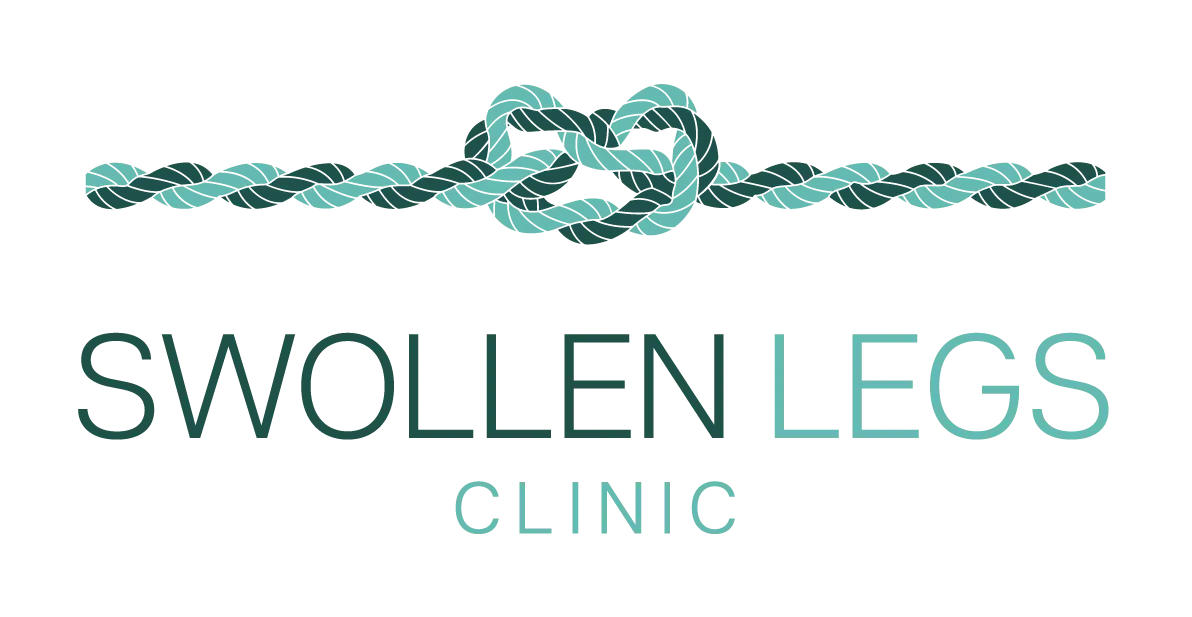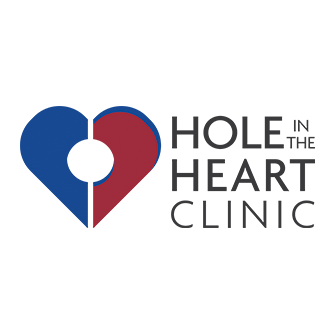These veins may appear during pregnancy and then ease after childbirth, although once they appear they rarely disappear completely. Further pregnancies may worsen the condition.
These varicose veins may stay in the vulva, or they can lead to varicose veins on the top of the thigh, on the inner part of the leg (next to the vulva). These can then lead to varicose veins down the inner part of the thigh or can lead to veins down the back of the thigh worsening varicose veins lower in the legs and the associated progression and increased clotting risk. In the vulva the veins can bleed and cause painful intercourse.
Assessment is important with onsite ultrasound to determine the cause and further to determine if there is pelvic venous congestion condition giving rise to these veins. Our specialist sonographers perform an important pelvic vein scan to determine whether pathology is significant and as a first step there is a need to address these veins with pelvic coiling procedures to complete the treatment of the leg or vulval veins that originate in the pelvis and abdomen.
Treatment is directed at the cause in the way of coiling, endovenous ablation or sclerotherapy or all these modalities when required to complete the treatment.










